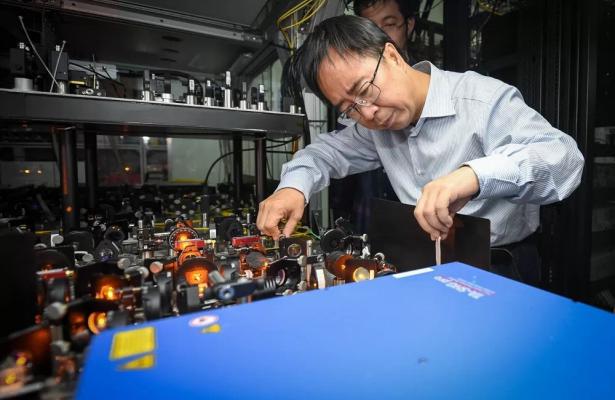According to Quantum Computing, the science that studies how to program a quantum computer, there is a wide range of problems of scientific and industrial interest where a quantum computer should be able to outperform even the most powerful “classical” supercomputer. The conditional, however, is a must: today’s quantum computers are not yet powerful enough to be able to implement such complex quantum algorithms.
The evolution of quantum computers, however, proceeds quite rapidly: in the last 20 years, engineers and physicists have shown that they are able to create ever more powerful computers, to control a greater number of qubits with ever increasing accuracy. more connected to each other and to maintain a state of superposition, necessary to implement quantum algorithms, for more and more time. Over the past few years, Proof Of Concept has been provided on the implementation of many algorithms.
In jargon, we speak of Quantum Supremacy when a quantum computer is able to solve a particular problem in exponentially faster times than any classic supercomputer.
In October 2019, the well-known US company Google was the first to demonstrate quantum supremacy thanks to their quantum computer called Sycamore.
Sycamore (54 qubits, superconducting qubits technology, here the complete data sheet) managed, in fact, to solve a particular sampling problem taking about 200 seconds, compared to about 10,000 years needed for the most powerful computer in the world at the time, the IBM supercomputer Summit.In fact, according to the IBM researchers, their computer could have done those calculations in just 2.5 days. More and more of the 200 seconds of Google’s quantum computer.

The Chinese researchers estimated that the classical simulation of their problem would be 2-3 orders of magnitude higher than that of the previous work done by Google. Furthermore, in the pre-print it is stated that the sampling activity was completed by the Chinese quantum computer in about 1.2 hours: the same calculation, even using the most powerful supercomputer in the world, would take at least 8 years.
